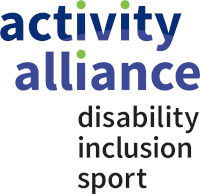Title
Activity inequality and obesity
Research Area
Tackling Inactivity
Author
Althoff, T et al; Nature
Summary of Findings
This study uses anonymised data (step counts) collected globally via an activity tracker mobile phone app. Researchers examined the variance of recorded steps to calculate each countries activity inequality. The dataset consisted of 717,527 people across 111 countries.
The researchers found that countries with greater activity inequality (i.e. disparities in activity levels across the population) had high obesity levels. This appeared to be true for both high and middle income countries (no lower income countries were part of the sample).
Countries with high activity inequality also recorded lower activity levels in females with researchers going as far to say "43% of activity inequality is explained by the gender gap in activity". This was particularly true in countries with high activity inequality and low overall activity levels.
The researchers ran a simulation model to test the impact of interventions to reduce obesity. They found that focussing on reducing activity inequality, rather than a whole population approach, could be 4 times more effective at reducing obesity.
One solution could be increasing the walkability of areas. Researchers found that areas that had a higher walkability tended to have lower activity inequality. Although the population as a whole benefits, the biggest difference is in reducing the disparities amongst females.
Implications
This research of work suggests that the smaller the inequality gap between those most active and those least activity the lower the overall prevalence of obesity in that country. It also recognises the impact of infrastructure planning noting that the "walkability of a city" impacts activity levels. The place based pilot work that Active Black Country are undertaking attempts to get to the roots of activity inequality and understand how indicental activtiy can be best built into people's daily lives.
.png)













